Maths
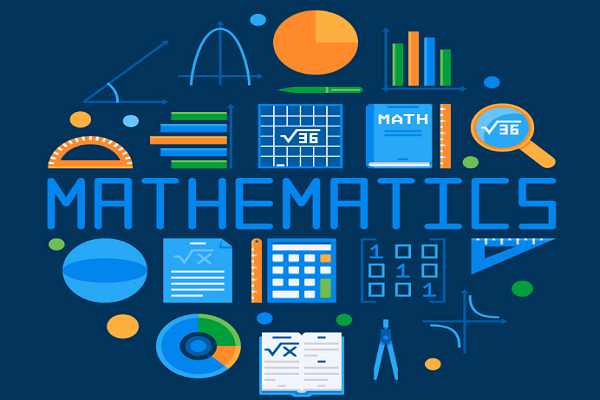
Intent:
At Peover Superior Primary School, we aim to develop fluent and proficient mathematicians through our practical and investigative approach to the teaching and learning of Mathematics. From EYFS to Year 6, we aim to develop pupils’ confidence in Mathematics whilst promoting and developing their enjoyment and enthusiasm through carefully chosen and varied tasks, opportunities for exploration and a strong emphasis on dialogic talk. We aim to cover National Curriculum requirements thoroughly, systematically and progressively. Through our Mastery approach to teaching and learning, we are able to ensure that pupils develop a secure understanding of mathematical concepts: we not only focus on developing fluent mathematicians with a quick and accurate recall of number facts but we ensure that our pupils are able to reason and problem-solve in a variety of contexts, making them well-rounded mathematicians.
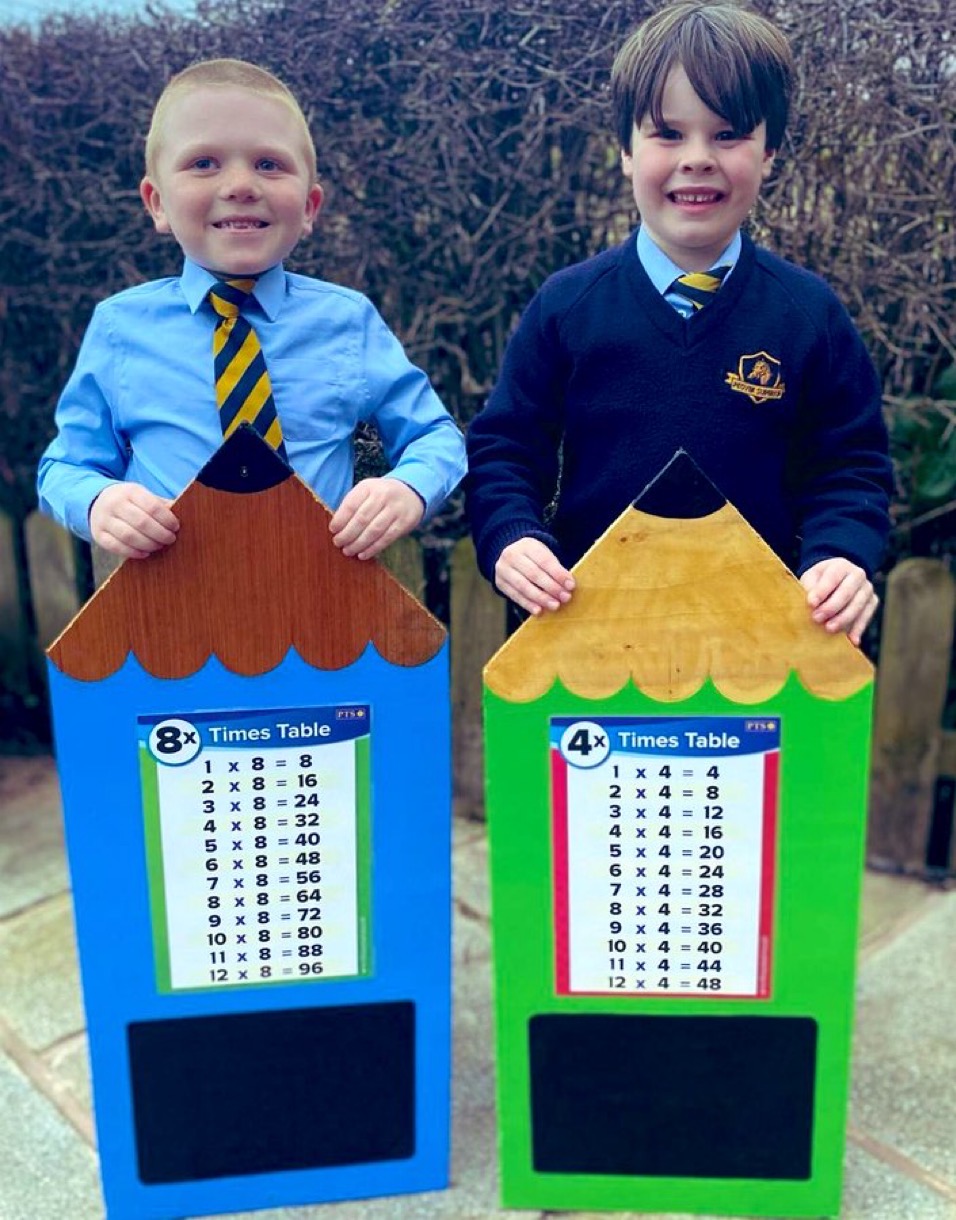
At each age and stage, we intend to give children opportunities to follow a line of enquiry, identify relationships, make generalisations and give verbal and written responses which provide justification, proof and contain accurate mathematical language. We aim to give children mathematical experiences which show them first-hand the uses of Mathematics in everyday life; through applying mathematical understanding to other curriculum subjects, children are shown the importance Mathematics plays in all of our lives.
We aim for all learners to feel supported within Mathematics lessons through the use of concrete and pictorial apparatus to represent mathematical concepts; talk partners to verbalise and share strategies and activate prior knowledge; carefully planned progressive tasks which develop children’s confidence with concepts before moving on and timely teacher or teaching assistant support as required. We intend to carefully plan interventions for children who require additional support following Mathematics lessons through Same Day Interventions (SDIs) and utilise evidence-based mathematical programmes and interventions (such as Power of 2) for children with significant gaps or Special Educational Needs and Disabilities so that all of our pupils have the best start on their mathematical journey.
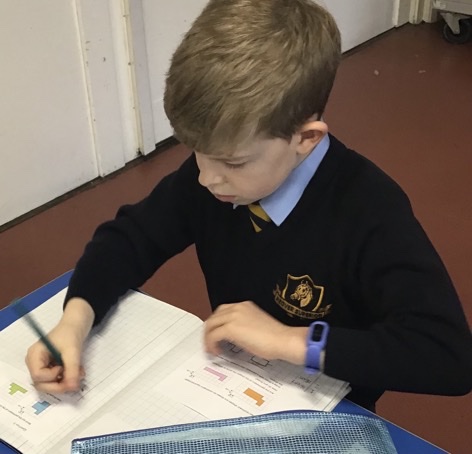
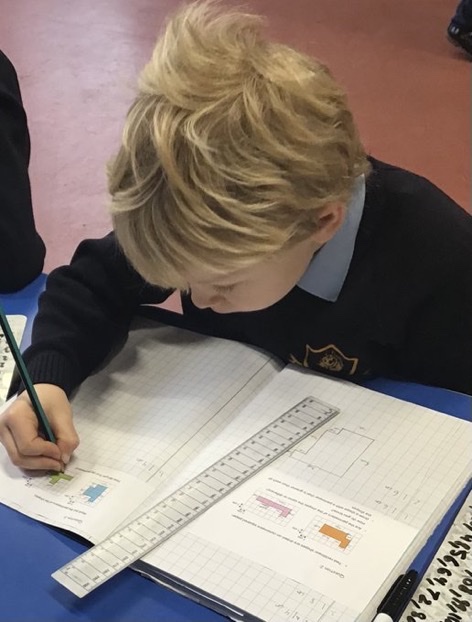
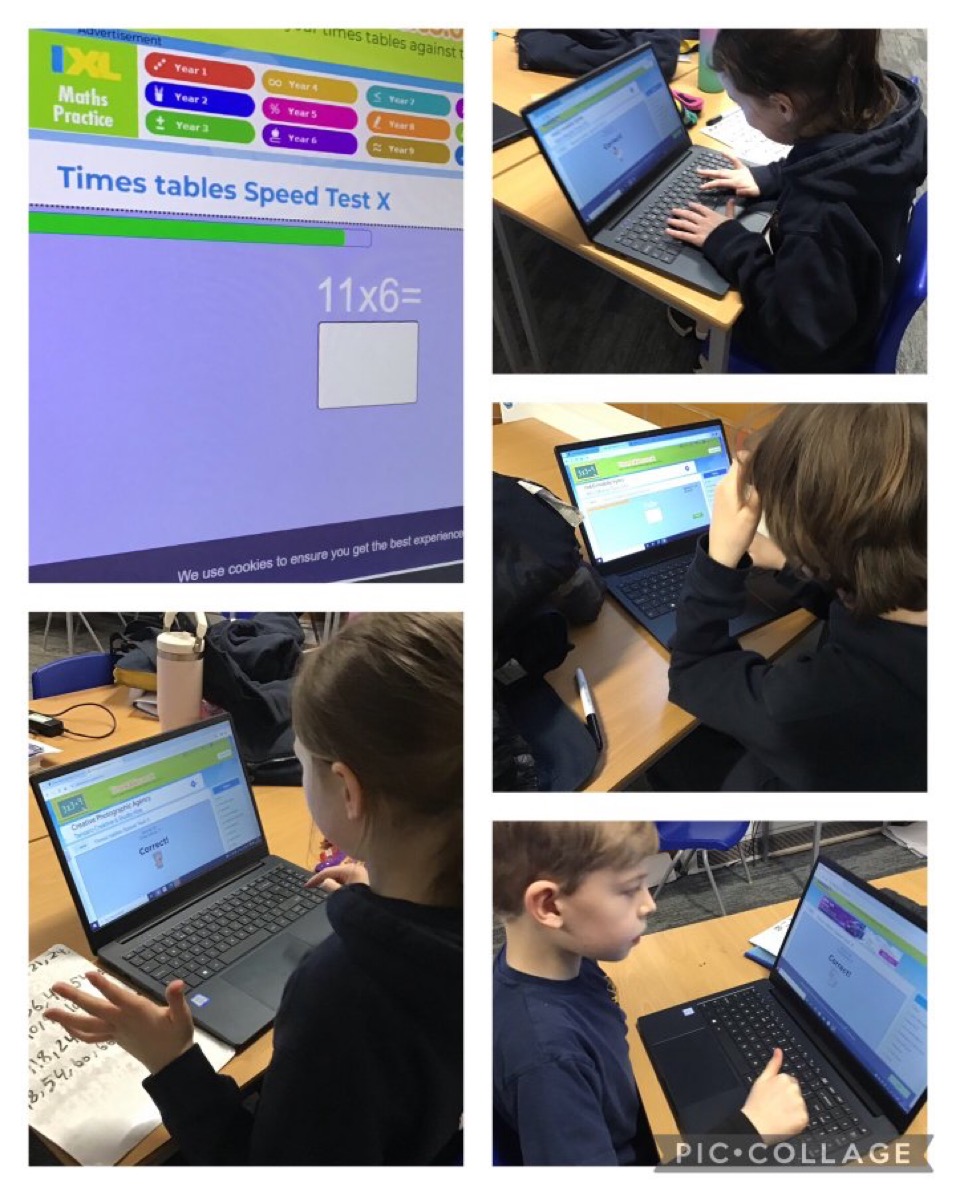
Design:
Our Mathematics curriculum is designed to:
- Ensure pupils gain a secure conceptual understanding of mathematical concepts through our Mastery approach to teaching and learning which incorporates the 5 Big Ideas: Representation and Structure, Mathematical Thinking, Variation, Fluency and Coherence.

- Develop confident and fluent mathematicians who have the ability to recall and apply knowledge rapidly and accurately. This is achieved through arithmetic sessions for the first 10 to 15 minutes of Mathematics lessons in which previously taught concepts are revised and rehearsed, as well as daily fluency sessions which enable strategies to be reviewed and consolidated, allowing pupils to bridge back and activate prior learning as well as ensure that over time they know and remember more. When new concepts have been taught, fluency questions are incorporated into children’s tasks so their confidence can be developed prior to harder question domains being used in reasoning and problem-solving tasks.
- Ensure multiplication tables are taught and practised effectively. Children are taught multiplication tables in a structured way and the emphasis is on ensuring children have a secure conceptual understanding of multiplication tables. The use of Numicon, bead strings, counters, arrays and number lines are modelled so that children have strategies to calculate multiplication facts which they cannot recall quickly and over time we aim for pupils to reduce the use of these scaffolds. Spaced rehearsal of multiplication facts is regularly incorporated into arithmetic starters in the Mathematics lesson and Percy Parker, Times Table Rockstars, Mathletics and our weekly Times Table Club are utililised to support learners in becoming confident with their recall of multiplication tables.
- Provide opportunities for revision and consolidation of concepts which have been covered previously in the school year to ensure learners are as secure as possible in their mathematical understanding before moving into the next year group. The long-term planning suggests the objectives which should be revised during consolidation weeks and teachers add to these if their formative or summative assessments have highlighted other gaps in children’s understanding.
- Provide opportunities for children to reason mathematically: developing a systematic approach, identifying patterns and connections, making generalisations and developing their ability to devise coherent, concise justifications which provide evidence and accurate use of mathematical language.
- Develop children’s resilience and perseverance when problem-solving by giving them regular opportunities to solve a variety mathematical problems; encourage children to bridge back and activate their prior learning including their knowledge of self, task and strategy so that they can draw upon previous experiences of solving problems; carefully plan opportunities for talk in pairs, as a group or as a class so that strategies can be developed and shared; scaffold problems by breaking them down into a series of manageable steps and provide instances which allow pupils to apply their knowledge of mathematical concepts to other contexts, including to other aspects of Mathematics and other curriculum areas.
- Ensure all pupils, regardless of age and stage, have regular access to concrete manipulatives such as Numicon, Base Ten, Multilink, bead strings, place value counters and tens frames to expose mathematical structure. We aim to develop a secure conceptual understanding through concrete apparatus before moving onto the use of pictorial representations such as part-whole models, number lines, place value charts, bar models and arrays. Once children have developed a solid understanding of a concept, we finally move onto the abstract form of a calculation or problem.
- Ensure teaching is based on guidance produced by the Education Endowment Foundation (EEF) and staff regularly receive Continuous Profession Development (CPD) so that their knowledge of mathematical pedagogy is constantly developing and improving. Staff use National Centre for Excellence in the Teaching of Mathematics (NCETM) Professional Development materials to support their pedagogical understanding of mathematical concepts and there is ongoing dialogue between all staff, the Mathematics Subject Leader, Director of Maths and Cheshire and Wirral Maths Hub so that support and advice can be given.
- Ensure teaching is informed by assessment. Two summative assessments take place each year in Reception, Year 1, Year 3, Year 4 and Year 5. More regular summative assessment is used in Year 2 and Year 6 to ensure children are prepared for national testing and staff can make timely use of diagnostic analysis. In all year groups, staff use diagnostic analysis to inform the next steps for lessons so that any gaps in knowledge which children have can be rectified quickly and effectively. Data from summative assessments is regularly fed back to the Local Academy Committee and staff and feeds into the School Development Plan so that staff can respond to the needs of children quickly. Formative assessment takes place in daily Mathematics lessons and verbal feedback is provided within lessons so that misconceptions can be dealt with there and then. Staff use traffic light highlighting (red, amber and green) on long-term planning to ensure that any unmastered objectives are prioritised during consolidation weeks.
- Ensure common difficulty points are used at the beginning of Mathematics lessons to evoke pair, group and class discussion and support learners to develop a secure understanding of new concepts. Similarly, staff effectively use common misconceptions through lessons as discussion points so that pupils can learn from their own and other children’s errors and further modelling, explanation and scaffolding can be used as required.
- Ensure children are motivated to learn Mathematics by: self-regulation strategies being modelled and used in lessons; use of scaffolding and smaller numbers to develop confidence before more difficult questions domains are used; positive attitudes to Mathematics are verbalised and displayed around school; staff and parents are involved in showing children the everyday uses of Mathematics in our lives and visitors are invited into school to talk about how Mathematics is a fundamental skill required in their careers and adult lives. World Maths Days are celebrated in October and March each year so that children can enjoy the real life uses of Mathematics and their engagement in the subject can be fostered further.
- Ensure interventions are used effectively to support pupils with their knowledge, understanding and confidence in Mathematics. Same Day Interventions are used whenever possible so that those learners who have found a concept challenging within the Mathematics lesson can have further explanation, modelling and practise and any misconceptions can be dealt with prior to the next lesson.
- Ensure children with Special Educational Needs and Difficulties and children who have significant gaps in Mathematics are carefully planned for through pre-teaching of concepts in readiness for Mathematics lessons; regular and effective teacher and teaching assistant support within Mathematics lessons and specialised interventions such as Power of 2 being utilised effectively if children have a particular area of Mathematics that requires attention. Staff aim to ensure that all children are able to access Mathematics lessons but in cases when children are working significantly below their year group, we plan carefully to adapt the curriculum to meet their needs.
- Ensure more able children are challenged within Mathematics lessons by staff moving them onto more difficult question domains sooner – fluency questions are reduced so that more able learners can try reasoning and problem-solving tasks earlier in the lesson. Additionally, Aspire Trust’s Maths Challenge is attended by more able learners and they have the opportunity to work collaboratively against other schools in the Trust.
EYFS
Mathematics lessons in EYFS are planned using the 5 Big Ideas and staff maximise opportunities for mathematical talk within lessons and during continuous provision activities. Staff draw upon ideas from NCETM’s Numberblocks as well as White Rose Maths Hub Schemes of Learning for Reception which focus on early mathematical skills from the new Early Learning Goals (ELGs) as well as the existing ELGs. As an Early Adopter School, our long-term planning contains the new ELGs.
During EYFS, there is an emphasis on securing children’s knowledge and understanding of number. Staff use the five counting principles outlined by Gelman and Gallistel’s research in 1978 to ensure children leave EYFS with a deep understanding of numbers to 10 as well as the ability to verbally count beyond 20.
These principles are:
- The one-one principle – this involves children assigning one number name to each object that is being counted. They need to ensure that they count each object only once and they have counted every object.
- The stable-order principle – this involves the children saying the numbers in order when they are counting.
- The cardinal principle – this involves the number name assigned to the final object in a group being the total number of objects.
- The abstraction principle – this involves children understanding that anything can be counted including things that cannot be touched such as sounds and movements.
- The order-irrelevance principle – this involves children understanding that the order we count a group of objects is irrelevant as there will still be the same number.
In EYFS, staff use the same teaching sequence as White Rose Maths Hub’s overviews which ensures that key mathematical concepts are revisited and developed further across the year and there are plenty of opportunities to develop children’s understanding of shape, measure and spatial thinking. Despite shape, measure and spatial thinking not being explicitly included in the new ELGs, we still believe it is important for children to develop basic knowledge in these areas prior to starting in Year 1.
During their time in EYFS, children have daily Mathematics lessons which follow some of the same structure as Mathematics lessons in Years 1 to 6. Learners begin the Mathematics lesson with 10 to 15 minutes of arithmetic in which they rehearse counting, recalling number bonds to 5 and 10, recalling doubling facts, recognising odd and even and comparing numbers to one another. It is an opportunity for them to bridge back to previously taught concepts and ensure that fundamental skills and facts become part of their long-term memory. Later in Mathematics lessons, new concepts are introduced or previously taught concepts are recapped through teacher explanation, use of concrete apparatus and pictorial representations, use of whiteboards, oral rehearsal, songs and rhymes, scaffolded examples and reasoning and problem-solving activities to discuss as a cohort or in pairs. NCETM’s Numberblocks episodes are also used frequently to stimulate talk between children. Following children working together as a whole-class, the teacher works with a small group of approximately three or four children each day whilst the other children independently access Mathematics activities set up for them around the classroom. The children in the teacher’s focus group complete a range of tasks including fluency, reasoning and problem-solving and concrete apparatus is available for them to use.
Staff strive to provide children with high quality continuous provision activities so that they can progress mathematically through play. Each day, the Maths Area has an activity set up for children and they have access to a range of mathematics resources such as cubes, Numicon and measuring apparatus. Counting forwards and backwards is used regularly in the classroom to support routines and children practise their formation of numbers in a range of contexts.
Key Stage One
In Key Stage One, National Curriculum objectives are taught through a Mastery approach to teaching and learning so that children have secure understanding of mathematical concepts in readiness for the next stage of their education in Key Stage Two. Staff use the 5 Big Ideas to plan engaging lessons for pupils in Key Stage One, as well as White Rose Maths Hub’s Schemes of Learning, White Rose’s Premium Resources, Gareth Metcalfe’s I See Reasoning, Power Maths and NCETM resources. In Key Stage One, White Rose Math’s Hub’s Schemes of Learning for single year groups are mostly used over mixed-age schemes as children are taught as separate year groups the majority of the time – this enables fundamental mathematics knowledge and skills for each year group to be focused on exclusively.
We strive to ensure that children in Years 1 and 2 have lessons which are carefully structured, varied and rich in mathematical talk. The first 10 to 15 minutes of lessons is dedicated to arithmetic in which children rehearse and revise previously taught facts and methods. Following this, the main part of the lesson usually begins with a Talk Task which prompts discussion in pairs or small groups before being discussed as a class. This task often includes a common difficulty point so that through discussion, use of concrete manipulatives and teacher or peer-modelling and explanation, children can avoid the errors which are often made and ensure they have a clear understanding of the new concept or method. Afterwards, children work through fluency questions before attempting more challenging reasoning and problem-solving questions. We aim for every child to be exposed to and have an opportunity to try reasoning and problem-solving questions in most lessons, regardless of their mathematical ability, so that they are given experience of different question types and applying their knowledge and skills.
Lower Key Stage Two
During Lower Key Stage Two, children are taught according to National Curriculum objectives through a Mastery approach to teaching and learning. Staff carefully consider the 5 Big Ideas when planning their teaching cycle as well as using White Rose Maths Hub’s Mixed-Age Schemes of Learning for Years 3 and 4 to support them with the small steps required to teach new concepts and methods. White Rose Maths Hub’s Mixed-Age Schemes of Learning also support staff in managing differing Year 3 and Year 4 objectives so that similar concepts can be taught alongside one another when possible. The use of mixed-age planning can be adapted as appropriate; staff have the freedom to draw upon single year group planning if this would benefit pupils for a specific unit. When devising tasks, staff use White Rose’s Premium Resources, Gareth Metcalfe’s I See Reasoning, Power Maths and NCETM resources – the use of a wealth of resources ensures children are given opportunities to apply their understanding to a wide range of question types.
Lessons in Lower Key Stage Two follow the same structure as Key Stage One:
- Arithmetic for 10 to 15 minutes – revision and rehearsal of number facts and methods
- Talk Task – a common difficulty point is often displayed and children discuss it in pairs before feeding back to the class
- Modelling and further practise of applying the new concept or using a method
- Fluency tasks – these usually comprise of between three and five questions which are varied and progressive
- Reasoning and problem-solving tasks – these usually comprise of two to three activities which allow pupils to apply their knowledge and understanding
Children in Lower Key Stage Two have regular multiplication table tests which are completed both collaboratively and individually, providing teachers with an opportunity to assess which multiplication tables require further teaching and rehearsal. Year 4 complete the Multiplication Tables Check and practise this style of testing regularly in preparation – this is completed through Purple Mash and provides useful analysis which informs subsequent teaching.
Upper Key Stage Two
When children are in Upper Key Stage Two they are taught objectives from the National Curriculum through a Mastery approach, ensuring that all learners are given the best chance of developing a secure understanding of mathematical concepts. Staff plan lesson sequences to include the 5 Big Ideas and use White Rose Maths Hub’s Schemes of Learning for Years 5 and 6 to support them with the small steps required when learning each of the new concepts and methods. White Rose Maths Hub’s Mixed-Age Schemes of Learning also support staff in managing differing Year 5 and Year 6 objectives so that similar concepts can be taught alongside one another when possible. The use of mixed-age planning can be adapted as appropriate; staff have the freedom to draw upon single year group planning if this would benefit pupils for specific units. When devising tasks, staff draw upon ideas from White Rose’s Premium Resources, Gareth Metcalfe’s I See Reasoning, Power Maths and NCETM resources. Providing children with varied and challenging question types is a priority for teachers in Years 5 and 6 so that staff can ensure children’s understanding is as secure as possible.
Lessons in Upper Key Stage Two follow the same structure as Key Stage One and Lower Key Stage Two:
- Arithmetic for 10 to 15 minutes – revision and rehearsal of number facts and methods
- Talk Task – a common difficulty point is often displayed and children discuss it in pairs before feeding back to the class
- Modelling and further practise of applying the new concept or using a method
- Fluency tasks – these usually comprise of between three and five questions which are varied and progressive
- Reasoning and problem-solving tasks – these usually comprise of two to three activities which allow pupils to apply their knowledge and understanding
Multiplication tables continue to be taught in Upper Key Stage Two and children regularly have collaborative and individual tests so that teachers can assess which multiplication tables require further teaching and practise. Each week a 2Do is set on Purple Mash for children to complete a times table check – this provides useful analysis which informs subsequent teaching. Additionally, Times Table Rockstars and Mathletics are used regularly so that children can practise their recall of multiplication facts and corresponding division facts.
In Upper Key Stage Two, we endeavour to ensure children in Year 6 have a smooth transition to secondary school through developing strong links with Mathematics departments at Holmes Chapel Comprehensive School and Knutsford Academy. Staff attendance at Holmes Chapel Comprehensive School’s events with Stephanie Eustis ensure that we can prepare children for Mathematics in the next step of their education.

